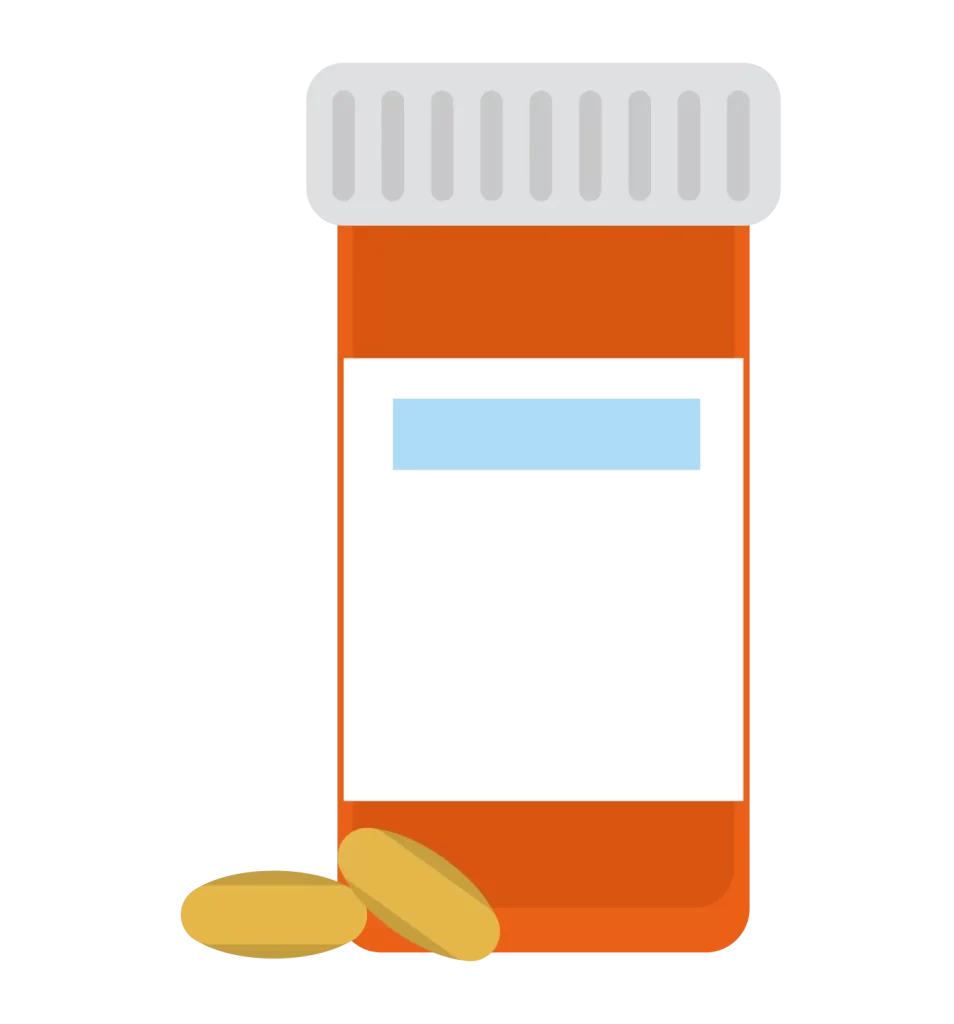Medicare Part D
Medicare Part D covers prescription drugs that you self-administer. It’s a great option for roughly 48 million people, providing vital benefits for beneficiaries.
Part D Explained
Medicare Part D is a plan you can purchase along with your Original Medicare plans, or your Medicare Advantage plan.
Part D plans are structured based on their formulary. Each plan will cover drugs in essential categories for treatment, but different drugs. So, when choosing a Part D plan, look for formularies that include the drugs you already use or may need in the future.
Formularies are also broken down into separate categories referred to as tiers, each tier setting your out-of-pocket costs. Out-of-pocket costs include coinsurance, which are a percentage of the total cost of the drug, and copayments, which is a set fee.
Here are the four main Part D tiers:
- Tier 1: Lowest copayment, covers most generic prescription drugs. These aren’t brand-name drugs, but generic alternatives with identical active ingredients (i.e., they have the exact same effects as more expensive drugs).
- Tier 2: Medium copayment, covers preferred, brand-name prescription drugs. These are drugs that don’t have a less expensive generic alternative but are still preferred by most doctors, so their costs are lower.
- Tier 3: Higher copayment, covers non-preferred, brand-name prescription drugs. These are drugs without a brand-name, preferred alternative.
- Specialty Tier: Highest copayment, covers expensive drugs that are used for specific treatments.

Part D Enrollment
If you’re interested in getting your own Part D plan, make sure you know when you can and should enroll. Your best opportunity is when you first become eligible at age 65.
This is called your Initial Enrollment Period (IEP). It starts 3 months before your 65th birthday, continues through the month of, then ends 3 months after, for a total of 7 months. You have to enroll in Original Medicare (Part A and Part B) first in order to get Part D.
Then, you’ll have to find and decide on a Part D plan in your area. It’s important to compare your options as soon as possible so you can make the smart choice.
Note: If you don’t enroll in Part D during your IEP, you may be faced with a late enrollment penalty.
Part D Costs and Extra Help
You’re responsible for a premium to receive your Part D coverage. The average premium in 2022 is $33. Don’t forget your out-of-pocket costs, which will vary based on what you need and how often.
If you fall under a certain income level, you may qualify for the Part D Extra Help program, which is estimated to be worth about $5,100 per year. We tell people about this program and even help them enroll.
Don’t Wait To Make Your Coverage a Priority
Priority Health Insurance will make it easy to find and enroll in your best Part D plan. To get started, call or email us today!

